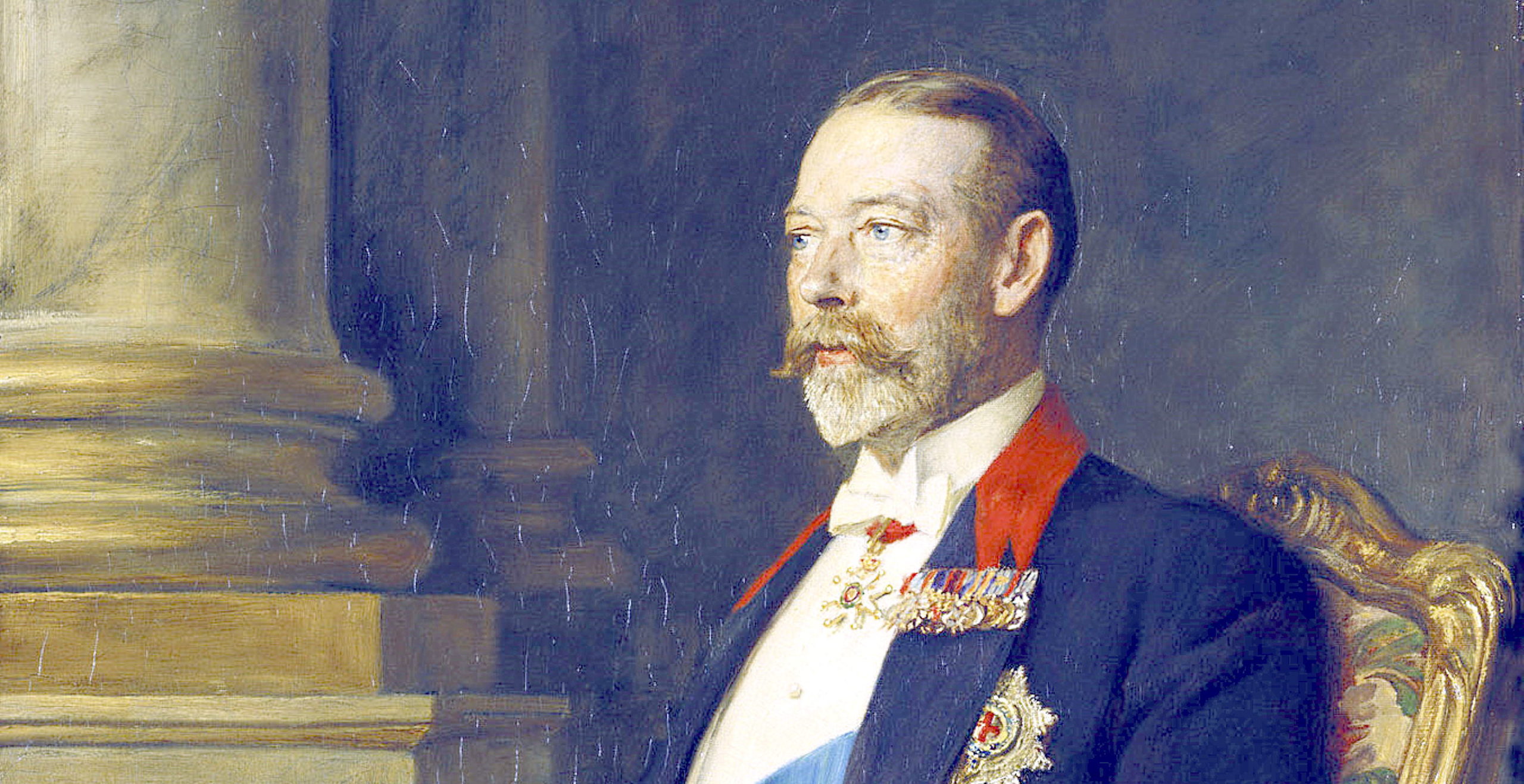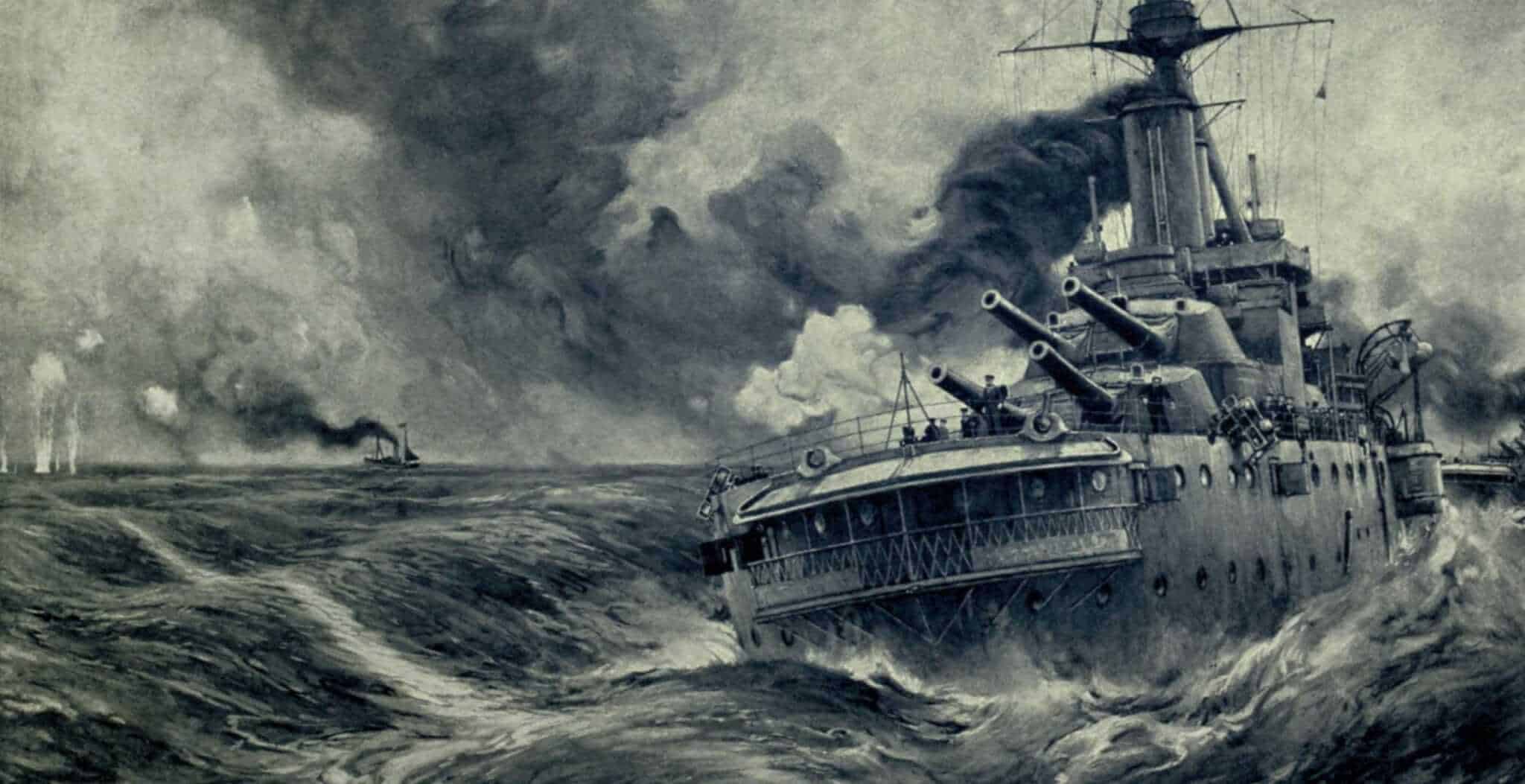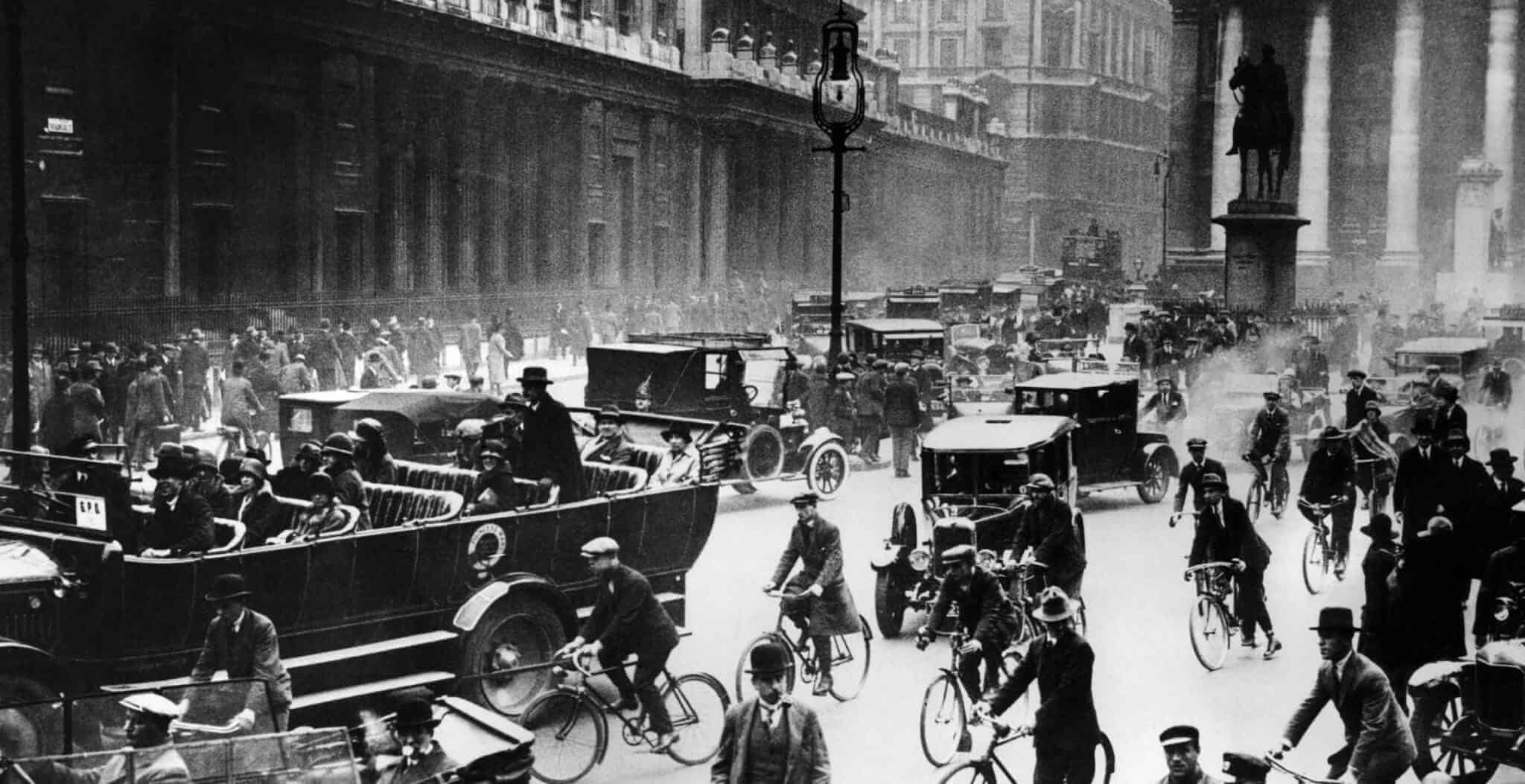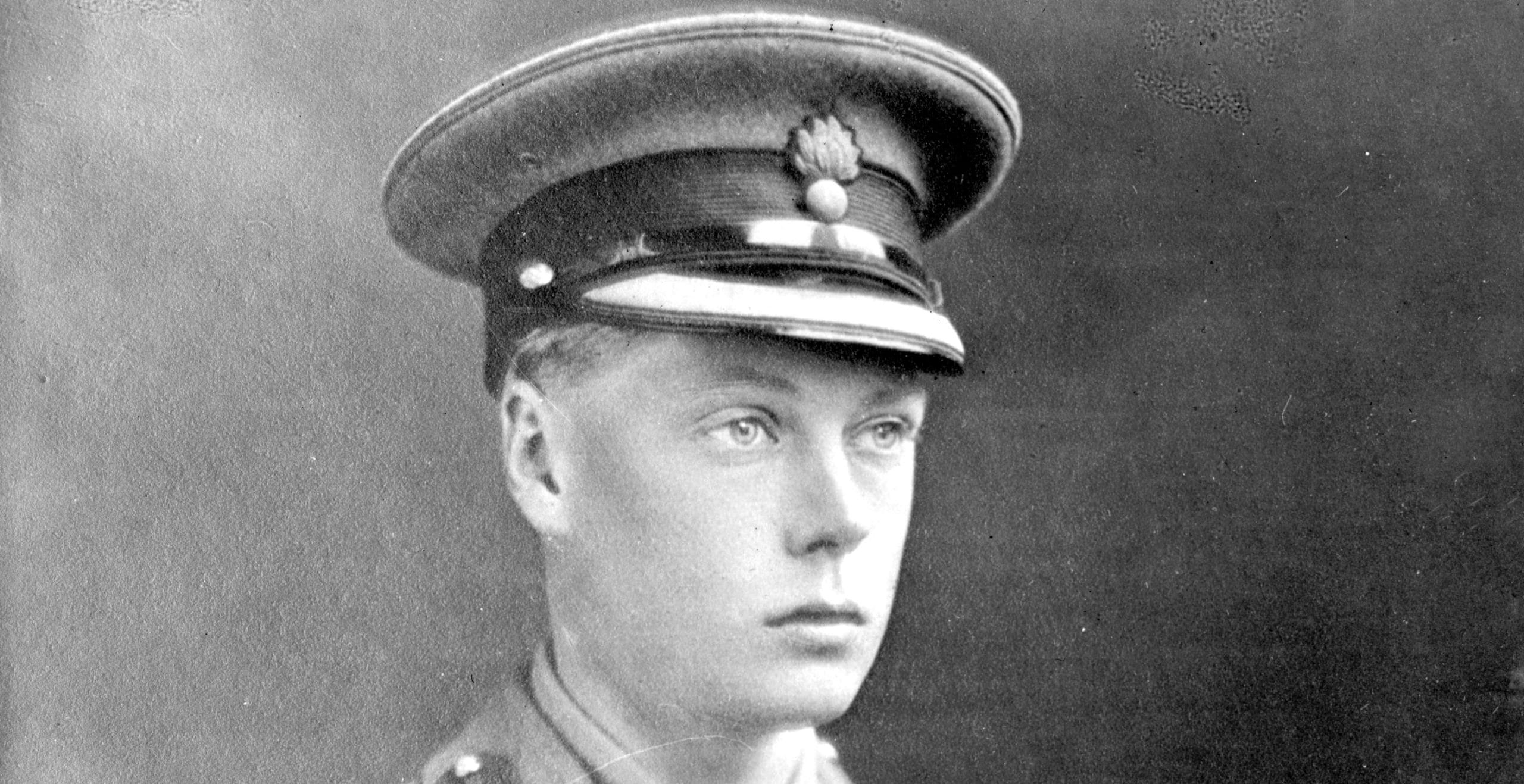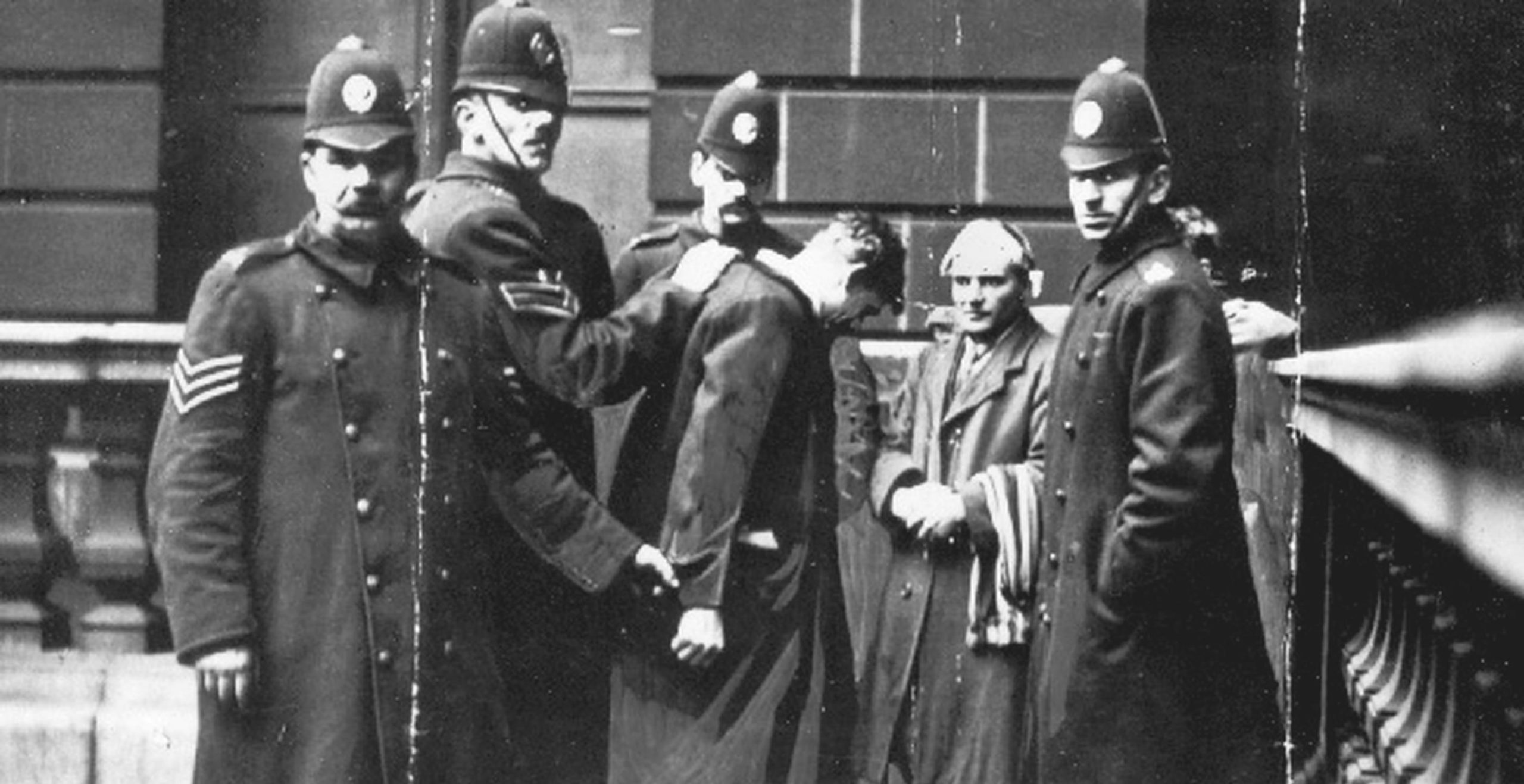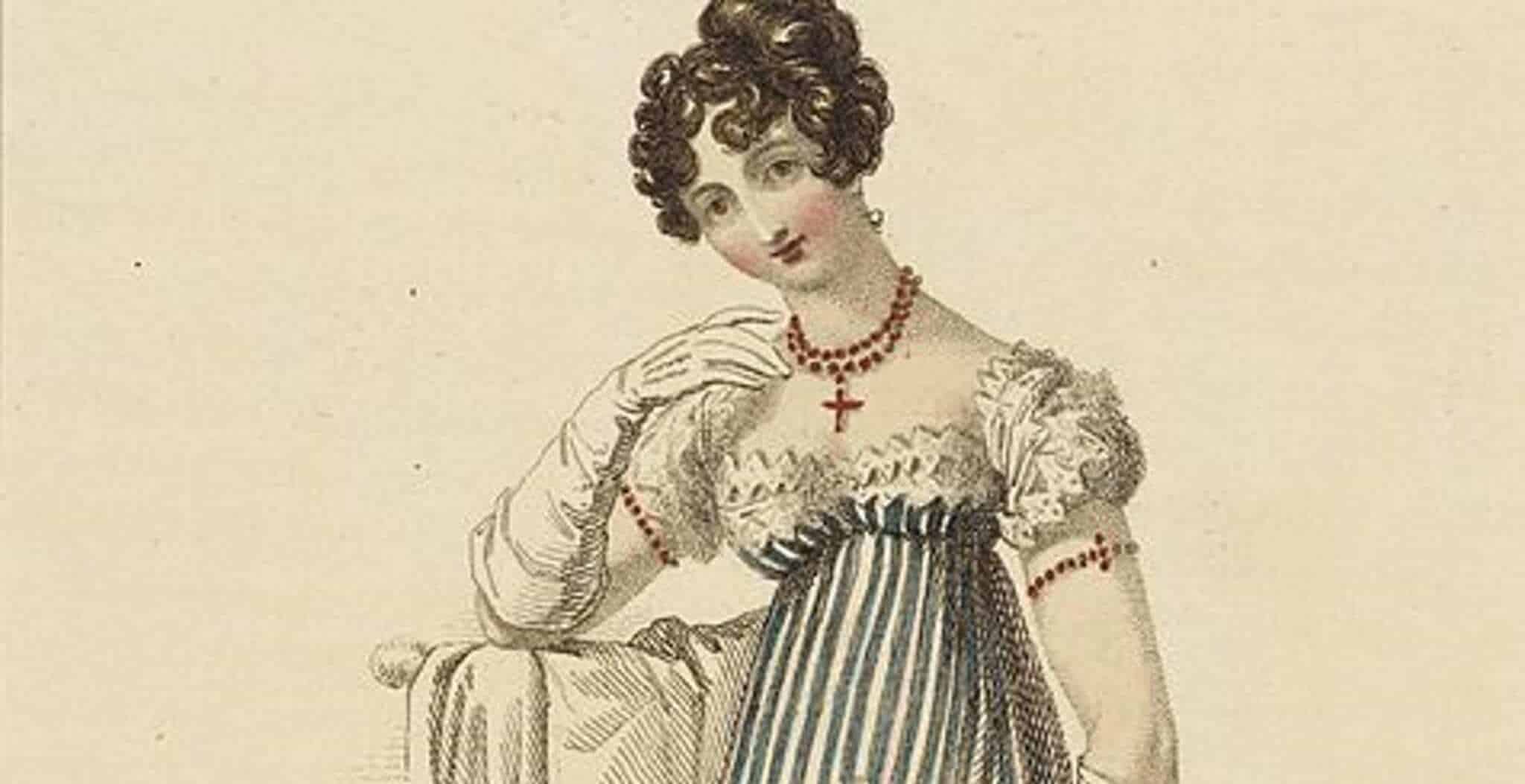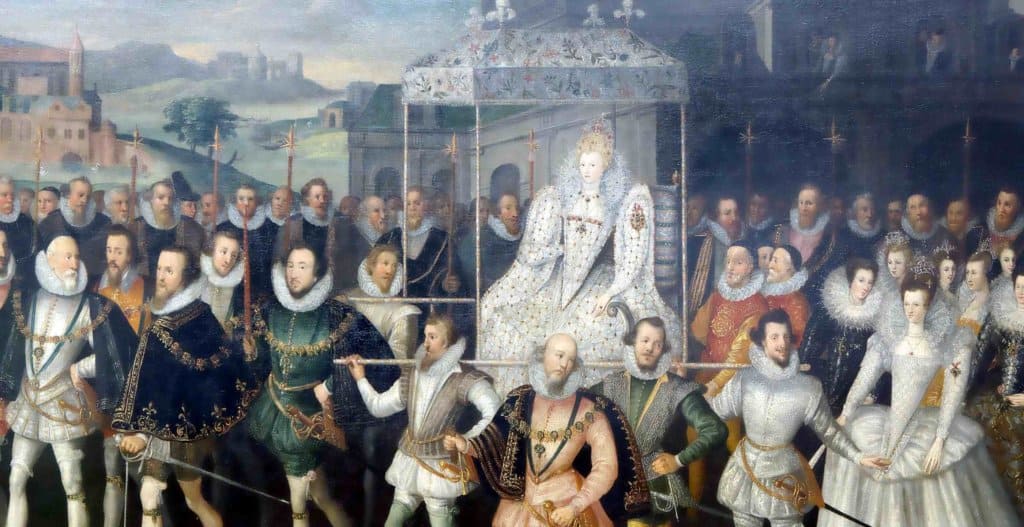The reign of King George V in the early twentieth century witnessed some of the most dramatic changes not only in British history but across the globe.
George V, the son of Edward VII, had not expected to become king. It was only after the death of his older brother, Prince Albert Victor at the age of twenty-eight that George became heir apparent.
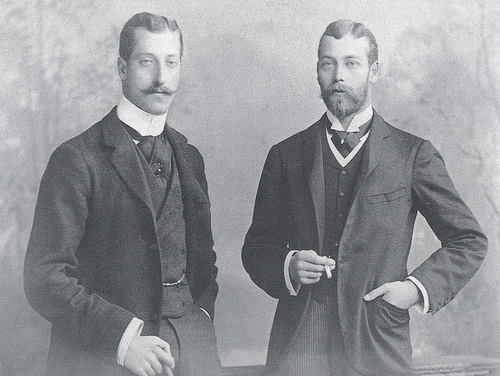
As heir to the throne, George had his entire future mapped out, including his marriage in 1893 to Princess Mary of Teck, who only a year earlier had been engaged to marry his brother, Prince Albert.
As a young man, George had spent his life serving in the navy, an experience which would shape his character dramatically. However after the death of his brother he would be forced to retire from the service and resume a life more suited to someone destined to be king.
His marriage to his brother’s fiancé proved successful enough and the domesticity of regal life at St James’s Palace soon became second nature. He would in his time, much like his father, partake in many high society sporting pursuits such as shooting and golfing rather than anything particularly intellectual.
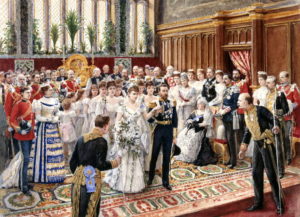
Unlike his father however, he was not denied the opportunity to engage with the inner workings of life as a royal and was given direct access to documents and information when his father became King Edward VII in 1901.
After the death of his grandmother Queen Victoria in 1901, George became Prince of Wales, heir to his father’s throne. Only nine years later when his father died, George became King of the United Kingdom and the British Dominions as well as Emperor of India. Such titles he would hold until his death in 1936.
As soon as he became king he inherited a constitutional crisis left behind by his father. Such a situation surrounded the issue of the right of the House of Lords to veto legislation in the House of Commons.
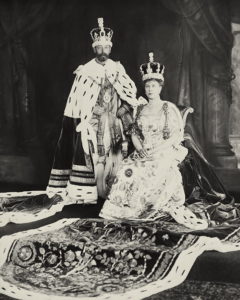
George knew it was his duty to remain neutral and objective, however the political infighting became difficult to handle and in 1910 he made a secret agreement to create several Liberal peers in order to push through the Parliament Act. As it turned out, such an agreement was unnecessary as a Liberal victory in the subsequent election combined with the Lords acquiescing to pressures allowed the Parliament Act to go through without difficulties.
Nevertheless, the trouble was not over for George V, who would feel betrayed by Asquith’s announcement the next year about his secret agreement, thus calling into question his competencies to fulfil his political duties as king.
King George V managed to navigate several crises during his reign however nothing could quell the growing climate of political and military hostility from the continent, with Kaiser Wilhelm II at the helm.
A European conflict would soon unfold during George’s reign which ushered in an era of extreme political ideologies. Not to mention the growing independence movements gaining traction in what was now a vast and sprawling British Empire. This was a time of crisis, conflict and dramatic change.
After dealing with the initial constitutional issue of the veto of the Lords early in his reign, a second dilemma presented itself in the form of Irish Home Rule.
Such an issue at the time looked set to instigate a civil war with a split between those who wanted a new and independent Irish state against those with loyalist tendencies.
By July 1914 the king summoned a Round Table Conference at Buckingham Palace, attempting a type of mediation so that all parties could settle their differences. Sadly, the Irish problem would grow more complex still, even after the Great War when Irish independence was granted.
Whilst facing domestic challenges in the beginning of his reign, George was about to face a far greater threat, the First World War.
George V had made attempts to negotiate with his cousin Kaiser Wilhelm II in a last-ditch effort to avoid conflict however by August 1914, the inevitability of war appeared all too apparent.
The outbreak of the war brought an end to a period of relative stability and peace. George himself would remain an important figure during the entire war, visiting the Western Front on seven occasions and distributing decorations to around 60,000. His presence was important for morale and his visits to hospitals and war factories back in Britain would be well-received.
In October 1915, when he was on one of his visits to the Western Front, he was involved in an accident in which he was thrown from his horse, an injury which affected his health for the rest of his life.
George V played a leading role in events, which was only called into question when in 1917 he overruled Lloyd George’s decision allow the Tsar of Russia, another of George’s cousins, to come to England. This decision was motivated by fears for his own position: a moment of self-preservation for the king which condemned his cousin to his fate in Russia.
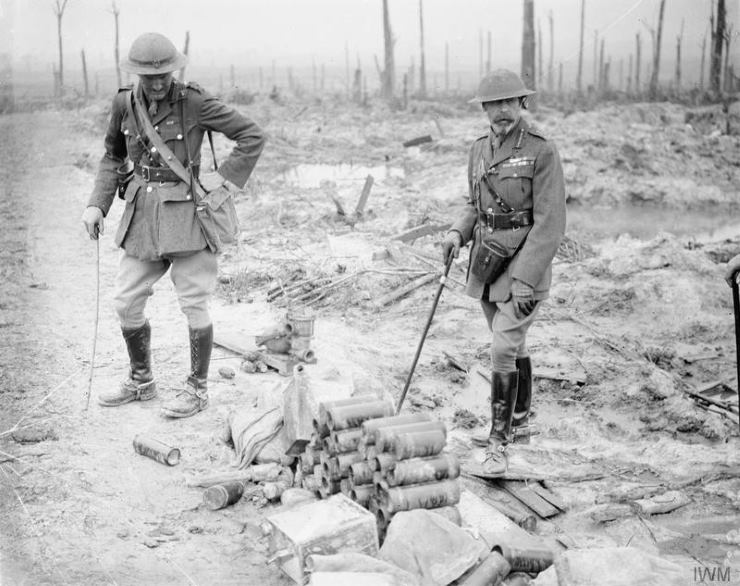
Meanwhile, as a reaction to the anti-German sentiment which pervaded the conflict, George changed his name from Saxe-Coburg to Windsor in 1917.
Thankfully, for Britain and George V, only a year later victory was declared and there was an immediate national euphoria at having survived such an ordeal. After the catharsis however, the reality of life post-war began to sink in.
Remarkably, the British Empire remained intact, unlike Russia, Germany, Austria-Hungary and the Ottoman Empire which disintegrated at this time.
Meanwhile, Britain’s pre-eminence in the race for global superiority looked to be increasingly threatened by an up-and-coming America.
For the most part though, Britain and its colonies were not as greatly affected post-war as other great European countries had been.
That was not to say that changes were not afoot. Back in Britain, the Irish Free State was declared in 1922, sadly only marking the beginning of ongoing difficulties over the region. Furthermore, the political scene was greatly altered as an historic moment occurred in 1924 when the first Labour government was elected under Prime Minister Ramsay MacDonald.
Britain and the world were changing, whether by choice or not. Social, economic and political strides were made, so much so that by the end of his reign the prospect of independence for some of Britain’s dominions looked increasingly likely.
By 1931, nations such as Australia, New Zealand, Canada and South Africa were experiencing further gains in their status of independence whilst the figurehead of the king was still firmly held in position. Self-rule was now the order of the day and George would have to acquiesce to the appointment of the first non-British governor general of Australia in 1930.
Whilst some territories making up the empire made an easier transition out of the clutches of British political control, other nations were to take a more dramatic route. With Australasia paving the way, India too looked restless for her independence and self-governance.
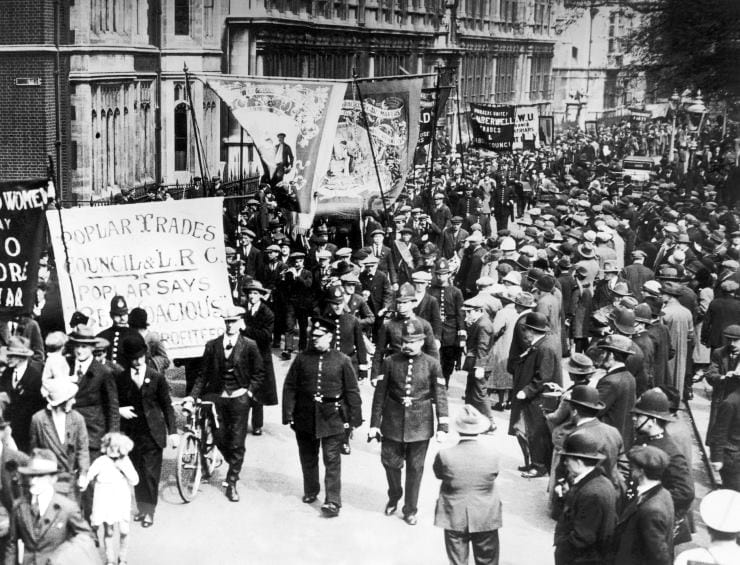
Back at home the crises of the 1920’s hit Britain and the general public hard. The events precipitating the General Strike of 1926, coupled with the Wall Street Crash and ensuing Depression left social and economic devastation in its wake.
The king’s role in this was as a figurehead, someone who called for calm and reasoning whilst seeking to adhere to the demands and wishes of government as much as possible.
George V managed to navigate these moments of conflict, crisis and mayhem and remain relatively unaltered by the experience. By the end of his reign, there was still a great deal of affection for the king and monarchy in general, most evidently displayed in 1935 by the Silver Jubilee celebrations which reflected his popularity.
Much of what evolved over this period helped pave the way for monarchy and its relationship with the general public today. One such example of this includes the enduring tradition of the Christmas message, started by George V by a radio transmission in 1932. This was a momentous and iconic moment which seemed to bridge a gap between the public and monarchy.
Whilst the celebrations of the Jubilee left George feeling appreciated and beloved by the public, his declining health soon took centre stage, dominated by ongoing smoking-related health problems. He passed away in 1936, leaving his eldest son to succeed him as king.
George V had been a dutiful king, steering the nation through one crisis after another. By the end of his reign, the world had emerged as a very different place with new challenges and a new social, political and economic climate.
Jessica Brain is a freelance writer specialising in history. Based in Kent and a lover of all things historical.
Published: June 2nd, 2021.
